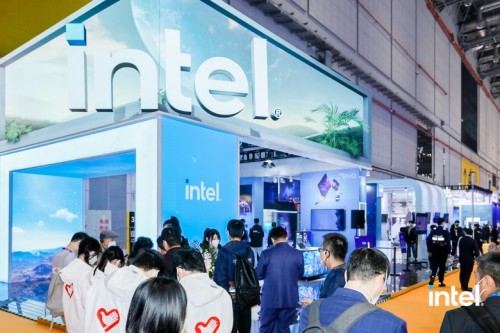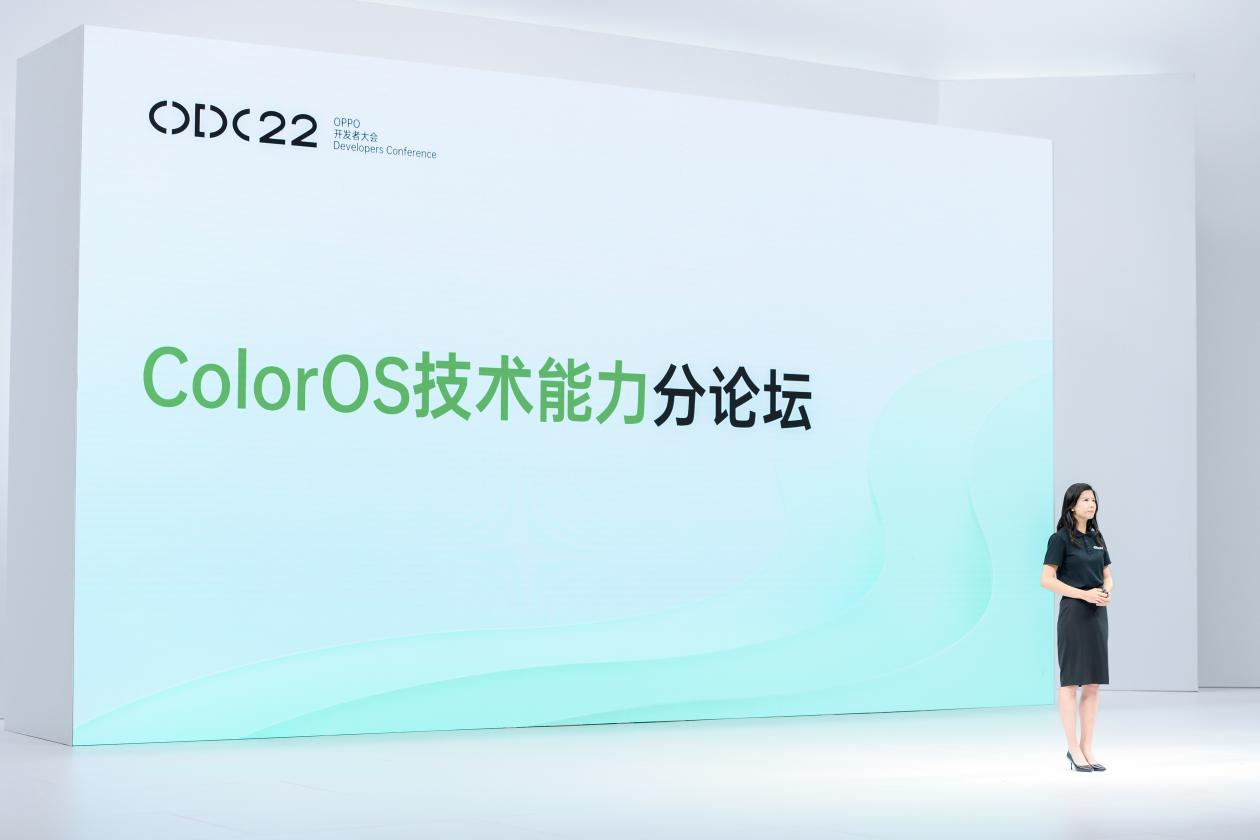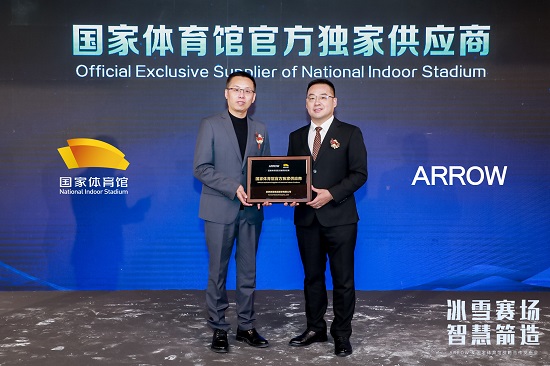 (资料图片)
(资料图片)
BEIJING, April 21 (TMTPOST)— Taiwan Semiconductor Manufacturing Co. (TSMC), the world’s leading chip maker for other companies, starts this year with sluggish growth and witnessed double-digit declines both the top and bottom line compared with the end of last year, hit by the weakening demand.
Source: Visual China
TSMC posted net revenue of NT$508. 63billion (US$16.72 billion) in the quarter ended March 31,2023, increasing 3.6% year-over-year (YOy) but decreasing 18.7% quarter-over-quarter (QoQ). The revenue, near the lower end of the company’s guidance range between US$16.7 billion and US$17.5 billion was still better than the analysts’ expectation of NT$518.49 billion. Its net income that quarter rose 2.1% YoY to NT$207 billion, beating the estimated NT$194.16 billion, though dropped 30% from the previous quarter, setting the largest quarterly decline in almost four years. The gross margin dropped 5.9 percentage points sequentially to 56.3%, still topping TSMC’s guidance between 53.5% and 55.5%. Operating margin was 45.5%, down 6.5 percentage points from the previous quarter, compared with the guidance range of 41.5% to 43.5%.
TSMC said its business in the past quarter business was impacted by weakening macroeconomic conditions and softening end market demand, which led customers to adjust their demand accordingly. The decrease in margin mainly reflected lower capacity utilization and a less favorable foreign exchange rate, partially offset by more stringent cost controls.The fabless semiconductor inventory adjustment in first half of this year is taking longer than our previous expectation, and it may extend into third quarter before rebalancing to a healthier level, the chief executive C.C.Wei told analysts at an earnings call.
In the first quarter 5-nanometer (nm) process technology contributed 31% of wafer revenue, while 7-nanometer accounted for 20%. Advanced Technologies, defined as 7-nanometer and below, accounted for 51% of wafer revenue. Most of TSMC’s segments cooled down that quarter. Revenue from the High-Performance Computing (HPC) platform declined 14% quarter-over-quarter and accounted for 44% of our first quarter revenue. Sales of smartphone declined 27% to account for 34%. The Internet of Things (IoT) declined 19% to account for 9%. Automotive increased 5% to account for 7% and Digital Consumer Electronics (DCE) decreased 5% to account for 2%.
The PC and smartphone market continue to be soft at the present time, while automotive demand is holding steady for TSMC and it is showing signs of softening into second half of the year, C.C.Wei commented. However, there is still a sliver linning. Wei mentioned his company has recently observed incremental upside in AI-related demand, which helps the ongoing inventory digestion.
During the quarter, TSMC generated about NT$ 385 billion in cash from operations, and spent NT$ 302 billion in capital expenditure (CapEx). The CapEX totaled US$9.94 billion by the end of the quarter. TSMC reconfirmed its capital budget forecast in 2023 to be between US$ 32 billion and US$ 36 billion, even as some analysts concerned The Taiwan-based company could lower its planned CapEx, which would signal a prolonged lackluster chip market. Given the near-term uncertainties, we continue to manage our business prudently and tighten up our capital spending where appropriate, while our disciplined CapEx and capacity planning remains based on the long-term market demand profile, the Chief Financial Officer Wendell Huang noted.
At the earnings conference, C.C.Wei expressed optimism on 3-nm chips, using the so called most advanced semiconductor technology across the globe. As customers’ demand for 3 nm exceeds TSMC’s ability to supply, 3 nm is expected to be fully utilized in 2023, supported by both HPC and smartphone applications. Sizable 3nm revenue contribution is set to start in third quarter and will contribute mid-single-digit percentage of our total wafer revenue in 2023, Wei said.
TSMC announced in December to start mass production of 3-nm chips. It was preparing for making 2nm-chips at facilities in two Taiwan cities--Hsinchu and Tainan, and the former facility would launch trial production for 2nm-chips with gate-all-around (GAA) architecture in 2024 and kick off mass production in 2025, according to TSMC Chairman Mark Liu in late 2022.
关键词:





























































































